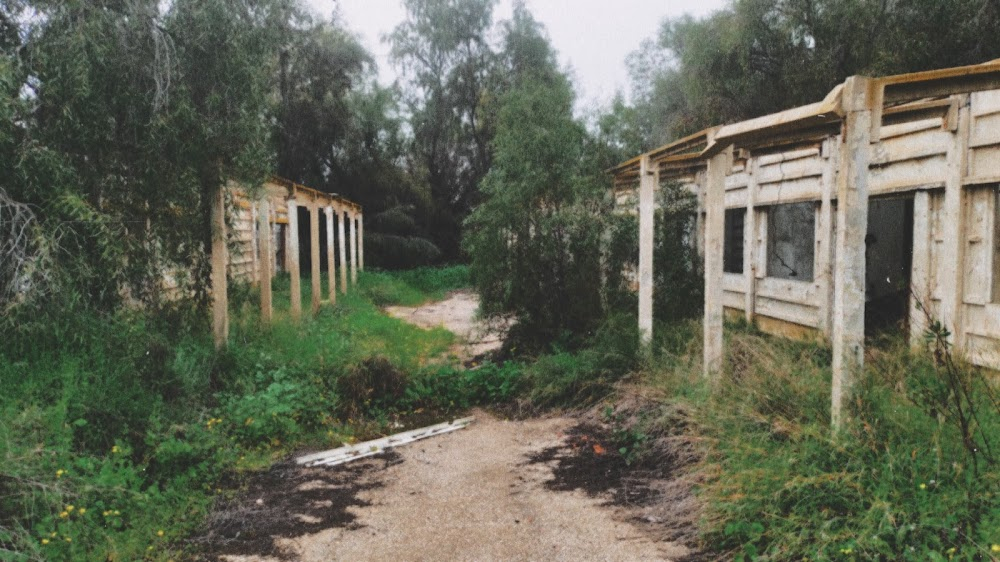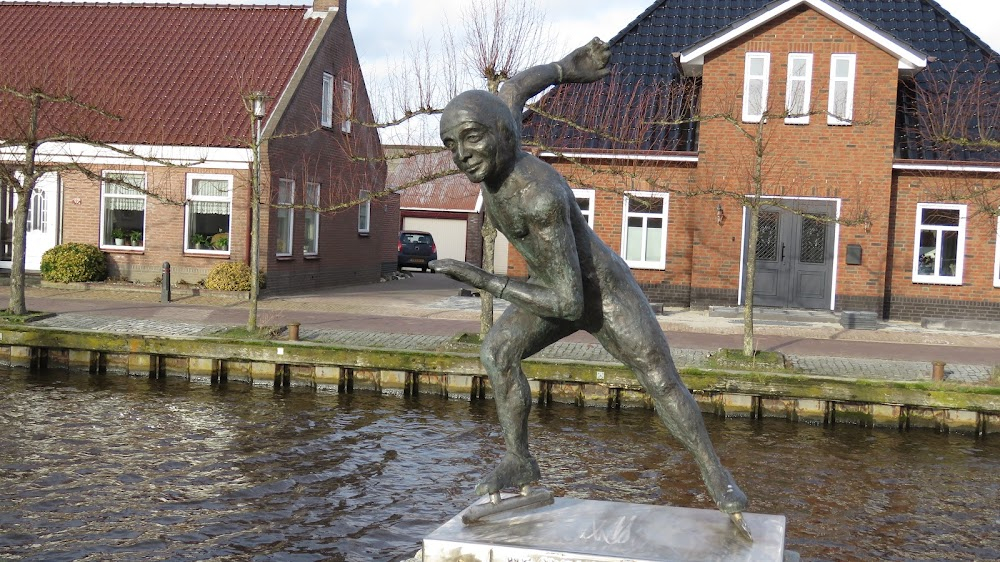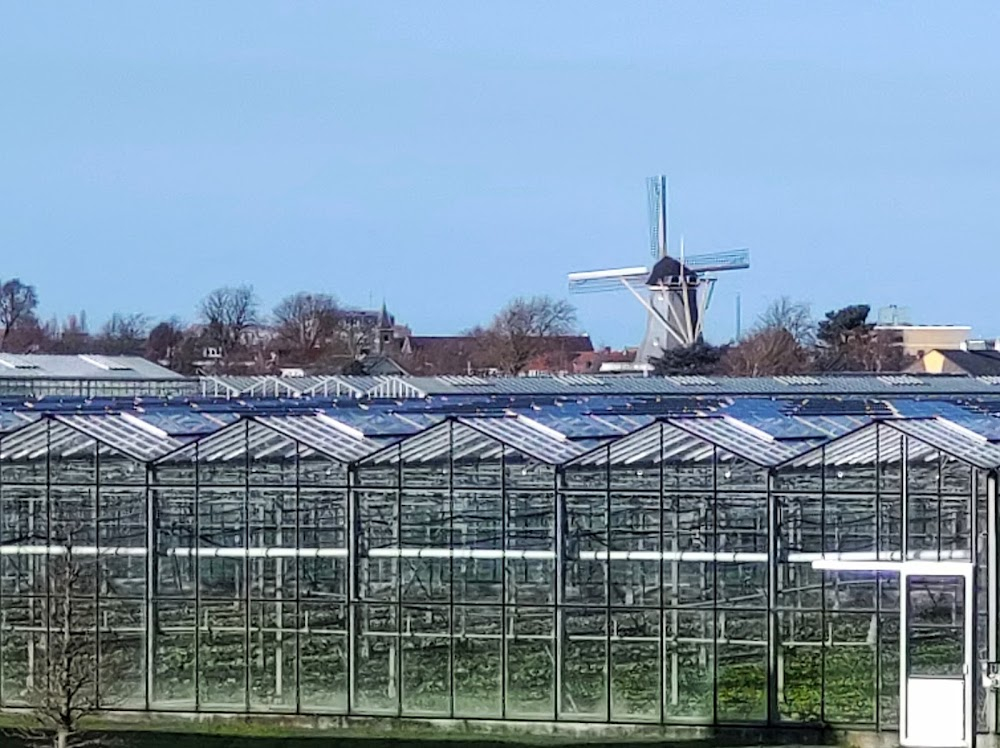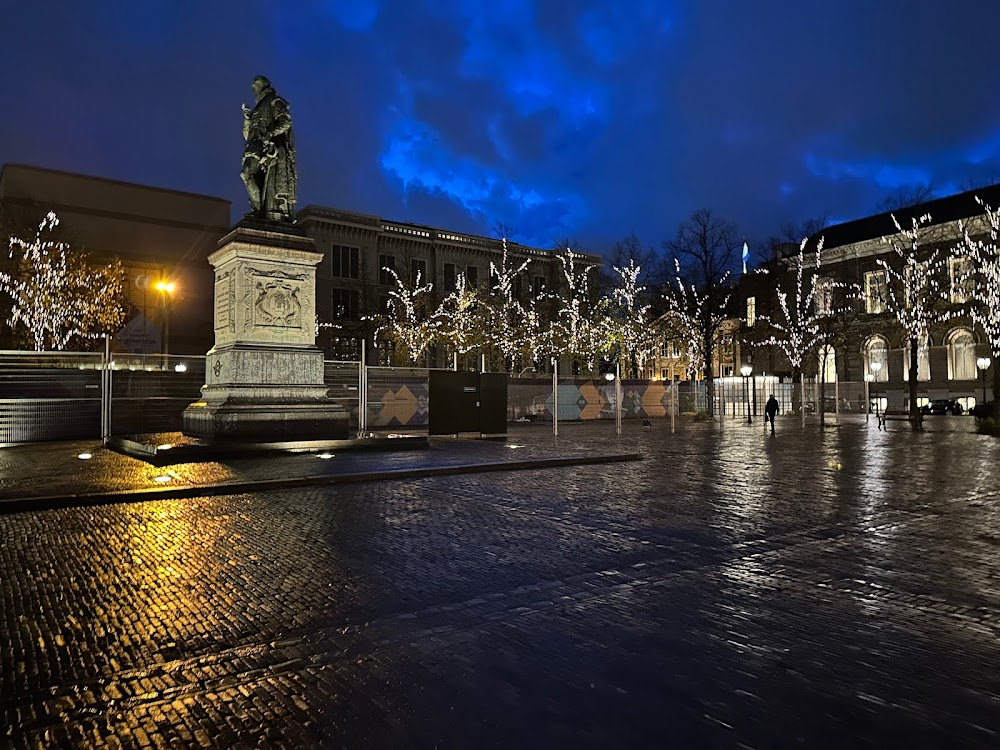Zwartboek Filming Locations

Where was Zwartboek filmed? Zwartboek was filmed in 22 locations across Netherlands, Israel, Germany and United Kingdom in the following places:
Zwartboek Filming Locations
Amsterdam is the Netherlands’ capital, known for its artistic heritage, elaborate canal system and narrow houses with gabled facades, legacies of the city’s 17th-century Golden Age. Its Museum District houses the Van Gogh Museum, works by Rembrandt and Vermeer at the Rijksmuseum, and modern art at the Stedelijk. Cycling is key to the city’s character, and there are numerous bike paths.
Haarlem is a city outside of Amsterdam in the northwest Netherlands. Once a major North Sea trading port surrounded by a defensive wall, it retains its medieval character of cobblestone streets and gabled houses. It's the center of a major flower-bulb-growing district, and famous for its outlying tulip fields, art museums and hofjes (almshouses built around leafy courtyards).
Utrecht is a city in the Netherlands, known for its medieval center. It has tree-lined canals, Christian monuments and a venerable university. The iconic Domtoren, a 14th-century bell tower with city views, stands opposite the Gothic Cathedral of St. Martin on central Domplein square. The Museum Catharijneconvent shows religious art and artifacts in a former monastery.
Kfar Ruppin is a kibbutz in the Beit She'an Valley, about 5 km southeast of Beit She'an in northern Israel. A member of the Kibbutz Movement, it falls under the jurisdiction of Valley of Springs Regional Council. In 2021 it had a population of 526.
Delft, a canal-ringed city in the western Netherlands, is known as the manufacturing base for Delftware, hand-painted blue-and-white pottery. In its old town, the medieval Oude Kerk is the burial site of native son and Dutch Master painter Johannes Vermeer. Once the seat of the royal House of Orange, the 15th-century Nieuwe Kerk houses the family's tombs and overlooks Delft's lively market square.
Scheemda is a village with a population of 2,445 in the municipality of Oldambt in the province of Groningen in the Netherlands. Scheemda was a separate municipality until 2010, when it merged with Reiderland and Winschoten to form the municipality of Oldambt.
The Hague is a city on the North Sea coast of the western Netherlands. Its Gothic-style Binnenhof (or Inner Court) complex is the seat of the Dutch parliament, and 16th-century Noordeinde Palace is the king’s workplace. The city is also home to the U.N.’s International Court of Justice, headquartered in the Peace Palace, and the International Criminal Court.
Home to Germany’s main Weimar-era film studio, leafy Babelsberg is now known for Filmpark Babelsberg, a movie-themed amusement park with recreations of famed German sets. The sprawling, rugged Babelsberg Park includes a turreted neo-Gothic castle, a mill, and several architectural follies. Residential Weberviertel is a historic district full of quaint, single-story, 18th-century weavers’ homes with painted shutters.
Berlin, Germany’s capital, dates to the 13th century. Reminders of the city's turbulent 20th-century history include its Holocaust memorial and the Berlin Wall's graffitied remains. Divided during the Cold War, its 18th-century Brandenburg Gate has become a symbol of reunification. The city's also known for its art scene and modern landmarks like the gold-colored, swoop-roofed Berliner Philharmonie, built in 1963.
Hardenberg is a city and municipality in the province of Overijssel, Eastern Netherlands. The municipality of Hardenberg has a population of about 60,000, with about 19,000 living in the city. It received city rights in 1362 from Jan van Arkel, Bishop of Utrecht.
Dordrecht, historically known in English as Dordt or Dort, is a city and municipality in the Western Netherlands, located in the province of South Holland. It is the province's fifth-largest city after Rotterdam, The Hague, Leiden, and Zoetermeer, with a population of 119,115.
's-Gravenzande is a town in the province of South Holland, in the Netherlands. It is a part of the municipality of Westland, and lies about 12 kilometres southwest of The Hague. Until 2004 it was a separate municipality and covered an area of 20.77 km². The town of 's-Gravenzande had 15,241 inhabitants in 2011.
London, the capital of England and the United Kingdom, is a 21st-century city with history stretching back to Roman times. At its centre stand the imposing Houses of Parliament, the iconic ‘Big Ben’ clock tower and Westminster Abbey, site of British monarch coronations. Across the Thames River, the London Eye observation wheel provides panoramic views of the South Bank cultural complex, and the entire city.
Giethoorn is a mostly car-free village in the northeastern Dutch province of Overijssel. It’s known for its boat-filled waterways, footpaths, bicycle trails and centuries-old thatched-roof houses. It borders a section of the Weerribben-Wieden National Park, a marshy area once popular for peat and reed harvesting. Next to the park, Museum Giethoorn ‘t Olde Maat Uus is a farm museum illustrating the region’s history.
The Hague is a city on the North Sea coast of the western Netherlands. Its Gothic-style Binnenhof (or Inner Court) complex is the seat of the Dutch parliament, and 16th-century Noordeinde Palace is the king’s workplace. The city is also home to the U.N.’s International Court of Justice, headquartered in the Peace Palace, and the International Criminal Court.
Zwartboek (2006)
In the Nazi-occupied Netherlands during World War II, a Jewish singer infiltrates the regional Gestapo headquarters for the Dutch resistance.




